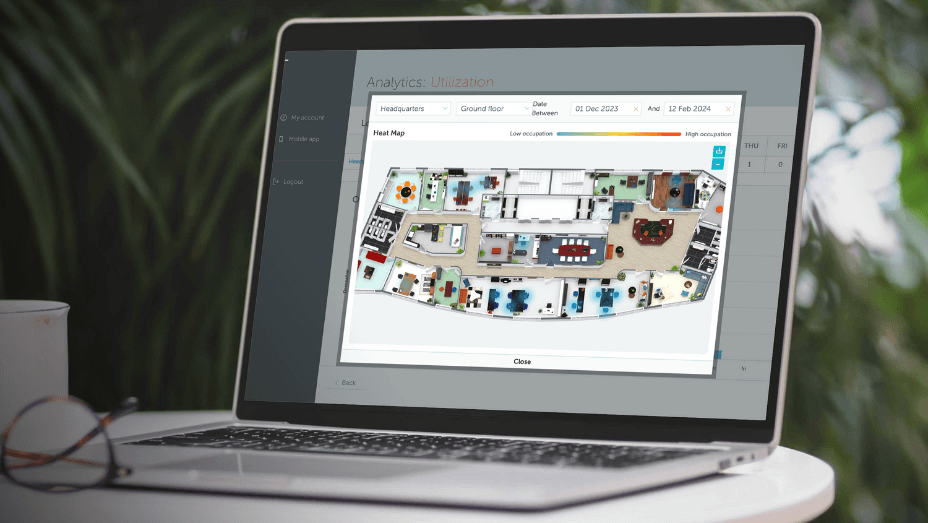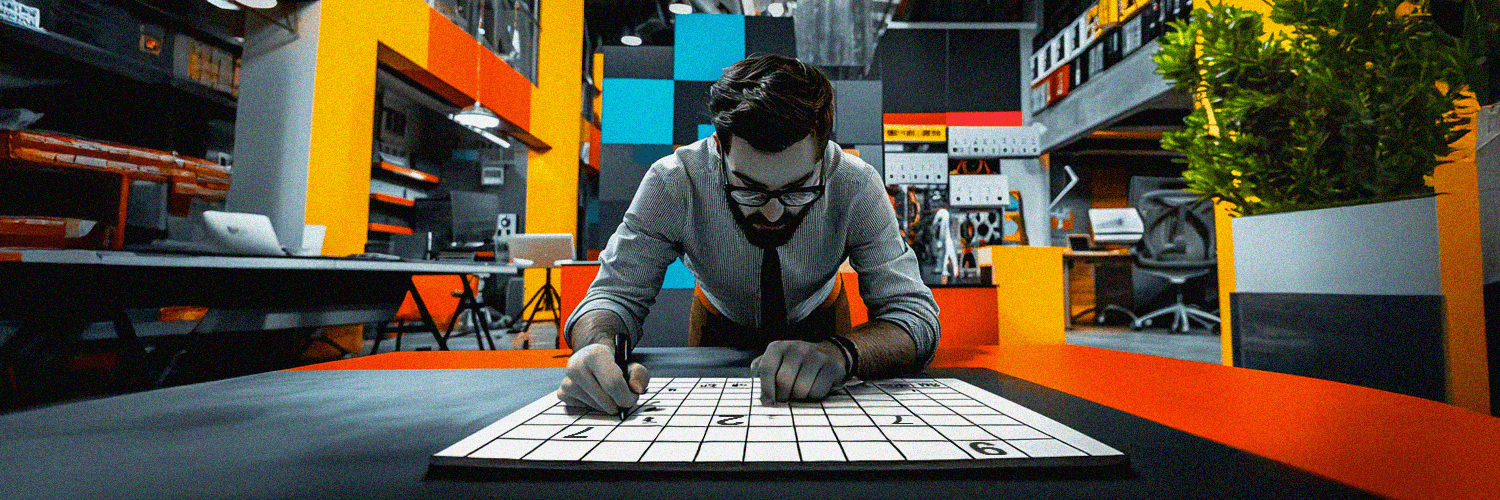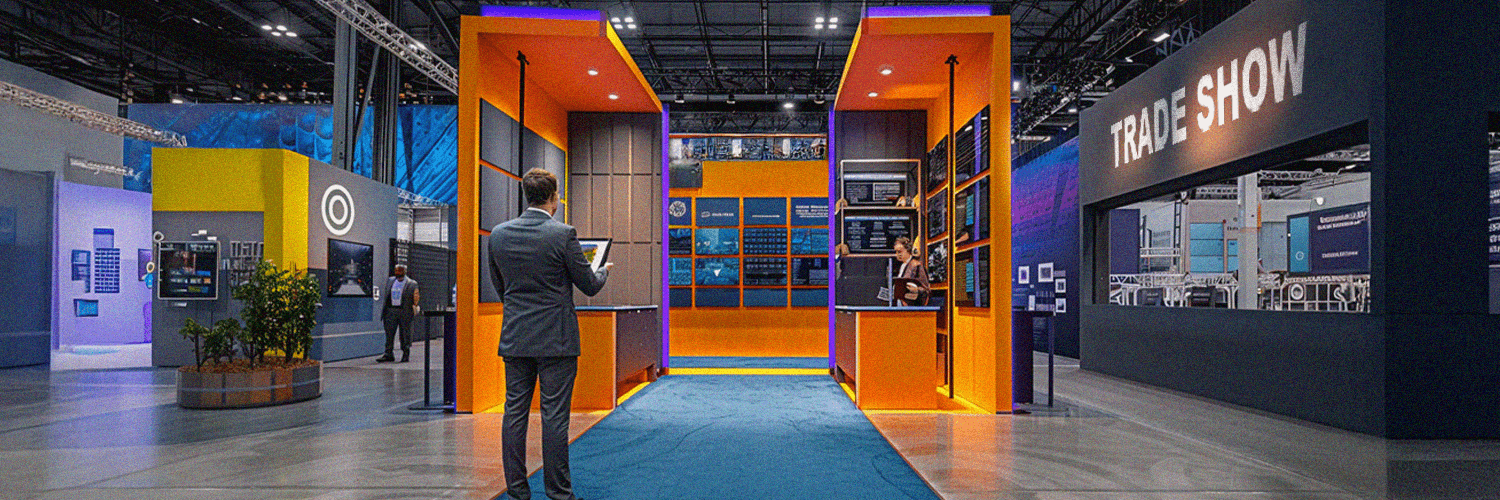Collaboration is the foundation of any successful organization, but it can be challenging to determine if your teams are truly working together to achieve the best results. Fortunately, there are ways to assess this!
Evaluating collaboration in the workplace is crucial for enhancing productivity and fostering innovation. This isn't about counting meetings or monitoring employees' punctuality.
Rather, it's about gaining insights into the quality and depth of team dynamics.
TL;DR:
- Measuring collaboration in the workplace can help with understanding team dynamics and enhancing productivity. Key metrics include office attendance, meeting room utilization and the use of collaboration tools.
- A four-step process for measuring workplace collaboration includes setting clear goals, identifying key performance indicators (KPIs), regularly collecting and analyzing data, and gathering employee feedback. Technology tools such as Yarooms can help track and improve collaboration.
- Using these metrics and workplace collaboration data can lead to better resource allocation, optimized office design and a more engaged and innovative workforce.
Why Should We Measure Collaboration in the Workplace?
Measuring collaboration in the workplace is critical to understanding team dynamics. Effective teamwork can lead to innovative solutions and higher productivity and, by tracking how employees work together, leaders can identify areas that need improvement.
Collaboration metrics provide clarity on resource allocation. When teams work well together, projects run more smoothly and less time is wasted due to misunderstandings or duplication of effort. These insights help companies to optimize their processes.
And, when employees feel connected to their colleagues, they are more likely to take part in discussions and contribute ideas. As team structures evolve, especially in hybrid models, fostering an environment that supports employee engagement can ensure that communication channels remain open and effective.

Measuring Collaboration vs. Effectiveness of Collaboration
Measuring collaboration focuses on the frequency and quality of interactions between employees, using metrics such as office utilization and proximity data to get a clearer picture of how well teams are working together.
This approach helps identify areas that need improvement. For example, if employees are not using collaboration spaces effectively, this may be an indication of barriers to teamwork.
On the other hand, measuring the effectiveness of collaboration looks at outcomes rather than just activities. Metrics such as project completion and conflict resolution rates provide information on whether collaboration is leading to positive results.
To optimize workplace dynamics, it’s important to understand both dimensions. Observing the levels of interaction between employees serves as a basis for strategies, while evaluating their effectiveness ensures alignment with organizational goals.
Brief Overview of Workplace Collaboration Metrics
While it’s important to track outcomes, these numbers only tell part of the story.
When it comes to collaboration in the workplace, metrics like office usage can reveal patterns in employee interactions. Do employees congregate frequently in common areas? Or is the space underutilized?
Similarly, looking at proximity-based interactions sheds light on how often team members engage with each other based on their location. This information helps to identify barriers that could hinder communication.
Here are a few other aspects you should consider:
Office Attendance Rate
Office attendance rate is a key indicator of employee engagement and collaboration.
A high attendance rate often reflects a motivated workforce eager to connect with colleagues and work together in person. But, if certain teams have a lower attendance rate, this may indicate barriers to collaboration or issues within the group.
Additionally, correlating attendance with project outcomes can show trends over time. For example, if a high attendance is associated with successful projects, this highlights the importance of physical interactions for teamwork and creativity.
Meeting Room Utilization
Meeting room utilization reveals how effectively spaces are being used for teamwork and communication.
High utilization indicates that employees are engaging regularly, while low usage may indicate barriers to collaboration or ineffective scheduling practices. Observing attendance in these spaces also provides insight into team interactions. Are certain departments more engaged than others?
Optimizing the layout of meeting rooms based on usage data encourages a better flow of communication. By creating an interaction-friendly environment, companies encourage spontaneous discussions that often lead to innovative solutions.
Collaboration Space Usage
The use of collaborative spaces is an important indicator of how teams work together. High utilization of collaboration spaces can be a sign of a thriving collaborative culture. However, underutilization can also indicate barriers that prevent effective teamwork.
Analyzing who uses these spaces, when and for what purpose provides valuable insights. Do employees gather for impromptu brainstorming sessions or scheduled meetings? Understanding these patterns will help you identify what works and what doesn’t.
Employee feedback on the design and functionality of these areas can reveal opportunities for improvement.
Proximity-Based Interactions
Proximity-based interactions refer to the spontaneous exchanges that occur when employees are physically close to one another. These moments can lead to creative problem-solving in a way that formal meetings usually cannot.
When team members share a workspace, they often engage in quick conversations or brainstorming sessions. This natural flow of ideas can lead to innovative solutions and stronger relationships among colleagues.
Observing these interactions helps organizations understand how space affects collaboration. Do teams sit together? Are there areas where people meet frequently?
By analyzing the data, companies can optimize the space layout, encourage casual encounters and increase productivity across all departments.
Employee Movement Patterns
Employee movement patterns reveal how individuals navigate their workspace and interact with one another, and help to identify high-traffic areas where spontaneous discussions occur. This can be done with office heat maps.
Understanding flow within the office can indicate whether employees are engaging effectively or whether they feel isolated in their tasks.
Patterns can indicate underutilized areas that could be transformed into collaborative zones. By recognizing these trends, you can adjust the layout of the space to allow for optimal interaction and teamwork.
Studying employee movement opens the door to creating environments that increase productivity and encourage meaningful connections among team members.

Shared Space Booking Frequency
Shared space booking frequency reflects how often teams use common areas such as meeting rooms and collaboration zones.
A high booking rate means that employees regularly interact with each other. This interaction fosters creativity and innovation, which are essential components of effective teamwork.
On the flip side, low usage may indicate barriers to collaboration. Perhaps the spaces are not easily accessible or there is a lack of awareness of the resources available.
By monitoring peak times, popular spaces and the frequency of use, organizations can identify trends over time and optimize space allocation or adjust availability to meet employee needs.
Collaboration Tool Usage
Effective collaboration relies heavily on the tools that teams use. That's why it’s important to recognize gaps where certain tools are underused or misunderstood. If you know which tools your employees prefer to use and why, you can offer targeted training or adapt your strategy.
Plus, understanding the usage patterns of these tools also promotes a culture of continuous improvement. Features such as file sharing and video conferencing need to be based on actual need, not simply adopted because they are popular.
4 Simple Steps to Effectively Measure Workplace Collaboration
To effectively promote collaboration in the workplace, it's important to systematically measure its success. Here are four simple steps to effectively measure workplace collaboration at your organization:
Establish Clear, Measurable Goals for Collaboration
Measuring workplace collaboration starts with setting clear, measurable goals. Define what success looks like for your team and set specific goals related to collaboration efforts.
These goals should align with overall organizational goals and could include objectives such as increasing the frequency of cross-departmental projects or improving response times in collaborative communication channels.
Identify Key Performance Indicators (KPIs) for Effective Measurement
Next, establish key performance indicators (KPIs) that align with these goals. They can include the turnaround time of projects, the frequency and quality of communication between teams, or the number of projects carried out together.
Choosing the right KPIs helps to measure collaboration quantitatively, making it easier to track progress and make informed decisions.
Regularly Collect and Analyze Collaboration Data
Get into the habit of collecting and analyzing data regularly to be able to track progress, identify trends and detect deviations from expected results. Use tools such as analytics dashboards, collaboration software and time tracking systems to collect this data.
Regular analysis not only helps to measure current performance, but also provides insights into areas for improvement and the effectiveness of the tools and strategies used.
Gather Feedback from Employees
Gather direct feedback from employees through surveys, focus groups or one-on-one interviews. Their insights are invaluable when it comes to understanding the intricacies of teamwork dynamics and identifying areas that may need to be adjusted to improve collaboration.
Feedback can reveal challenges such as communication barriers or insufficient resources that may not be apparent from the data alone. It also provides a qualitative dimension to the assessment that allows for a holistic view of collaboration within the organization.
Innovative Tools and Strategies for Quantifying Workplace Collaboration
Yarooms workplace analytics stands out as a powerful tool for measuring collaboration in the workplace. It offers an intuitive platform that captures various metrics that are important for understanding team dynamics.
With Yarooms, you can easily track office attendance rates and meeting room utilization. The software provides real-time data on how often rooms are used and gives insights into employee interactions. The analytics feature makes proximity-based interactions clearer and, by visualizing movement patterns within the office, organizations can see where people are meeting and collaborating most effectively.
Moreover, Yarooms also enables an analysis of the booking frequency of shared spaces. This helps to identify popular areas and optimize resource allocation to promote better teamwork and give companies valuable insights into how employees work together.
How to Improve Workplace Collaboration with Data Insights?
Incentivize Attendance with Flexible Scheduling
Data insights can revolutionize the way organizations approach collaboration in the workplace. By analyzing attendance patterns, companies can incentivize employee engagement through flexible scheduling options. This promotes a culture of engagement and encourages team members to interact more freely.
On top of that, data-driven strategies can identify peak collaboration times and optimize resource allocation to ensure teams have the tools and support they need when they are most productive.
Optimize Layouts and Right-Size Meeting Rooms
Optimizing office space is another effective strategy for improving collaboration in the workplace. Right-sizing meeting rooms ensures that they are suitable for the actual number of participants, avoiding wasted space and encouraging productive discussions.
In addition, creating flexible workspaces with adaptable furniture and open areas can lead to a more collaborative and innovative atmosphere.
Optimize Design and Traffic Flow for Interaction
Thoughtful design can encourage collaboration by allowing people to naturally connect with each other throughout their workday. For example, open areas that facilitate movement encourage spontaneous interaction among employees.
Improving the flow of traffic in the workspace can also improve opportunities for interaction. When pathways are clear and common areas are accessible, teams are more likely to engage in meaningful conversations that can move their projects forward!
Workplace Technology Tools to Enhance Collaboration in the Workplace
Workplace technology tools have revolutionized team collaboration. They enable employees to work together no matter where they are, facilitate real-time communication, and provide a centralized space for sharing and storing information. Here are some examples of such tools:
Desk and Meeting Room Booking Solutions
Modern workplace technology plays a crucial role in improving collaboration. Desk reservation and meeting room booking solutions streamline the process of reserving space and allow teams to easily find suitable rooms for their meetings.
Hybrid Work Planning Tools
Hybrid work planning tools adapt to different schedules and ensure that remote workers can collaborate seamlessly with colleagues on-site. This flexibility promotes a stronger connection among team members, no matter where they are located.
Office Wayfinding Software
Office wayfinding software simplifies navigation within large office spaces. It helps new employees and visitors quickly locate essential areas like conference rooms or collaborative hubs, reducing frustration and saving time.
Employee Mobile Apps
Mobile apps for employees facilitate communication on-the-go. They keep everyone connected through updates and shared resources, while encouraging instant feedback and interaction – key components of an effective collaboration framework.

Wrapping Up
Measuring collaboration in the workplace is not just about tracking interactions, it is a strategic approach to improving organizational efficiency. When organizations know how often and how effectively employees work together, they can identify strengths and areas for improvement.
Measuring the use of offices, meeting rooms and even collaboration tools provides valuable insights into the level of collaboration in your organization. These insights help to make decisions that lead to better collaboration and higher productivity and employee satisfaction.












